New records achieved on Stellarator Nuclear Fusion Reactor, with successful second round of experiments with Wendelstein 7-X.
Scientists at the Max Planck Institute for Plasma Physics (IPP) in Greifswald conducted a second round of experiments using the Wendelstein 7-X, a device designed to generate nuclear fusion.
Above, inside the contorted chamber of the Wendelstein 7-X nuclear reactor. Credit IPP, Jan Michael Hosan
The experiments conducted from July until November, have achieved higher values for the density and the energy content of the plasma and long discharge times of up to 100 seconds – record results for devices of the stellarator type.
Meanwhile, the next round of the step-by-step upgrading of Wendelstein 7-X has begun. It is to equip the device for greater heating power and longer discharges. Wendelstein 7-X, the world’s largest fusion device of the stellarator type, is to investigate the suitability of this configuration for use in a power plant.
The record plasma with an energy content of over one megajoule. Credit IPP, Wigner RCP
Record stellarator values achieved Wendelstein 7-X for the energy stored in the plasma. By strong microwave heating, the energy content of the plasma exceeded one megajoule for the first time, without the vessel wall becoming too hot. With good plasma values, long lasting plasmas over durations of 100 seconds have been obtained – also one of the best stellarator values to date.
These highly satisfying results attracted a great deal of attention at this year’s international conferences. Federal Research minister Anja Karliczek also commented on the results: “Congratulations to the Wendelstein 7-X team on the new world record. The approach is the right one – in this way, important new findings have been made for the future use of fusion power stations. Alongside renewables, fusion energy could be THE energy source of the future. The researchers in Greifswald have taken an important step in this direction with their work. I wish the team every success with their future work.”
The final experiments were conducted in mid-October; in the meantime, the next round of upgrades on Wendelstein 7-X has begun. In order to be able to further increase the heating energy without overloading the vessel wall, the current graphite tiles of the divertor will be replaced over the next two years by water-cooled elements made of carbon fibre-reinforced carbon. With this equipment, work will be conducted on a step by step basis with the aim of achieving plasmas that last for 30 minutes. Then, it will remain to be seen whether Wendelstein 7-X can also fulfil its optimisation goals during continuous operation – the essential advantage of stellarators.
source Max Planck Institute for Plasma Physics

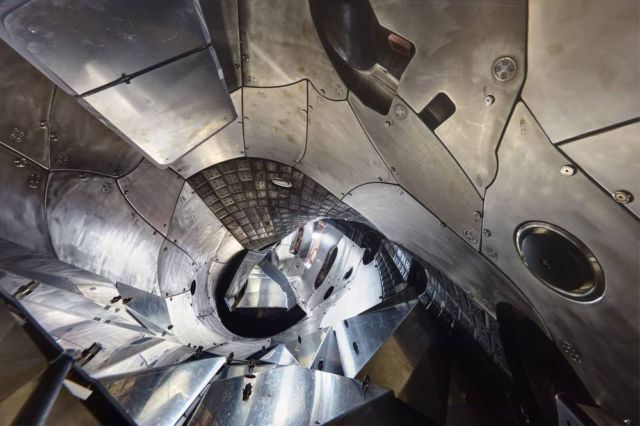
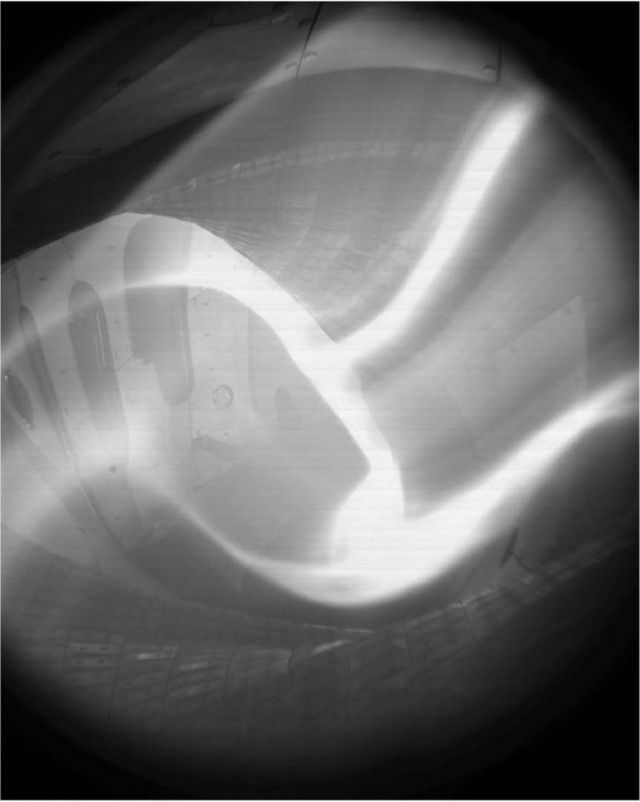
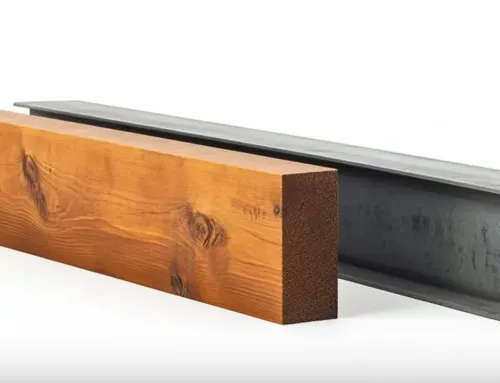
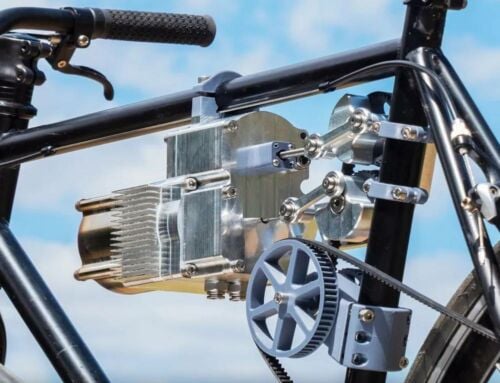
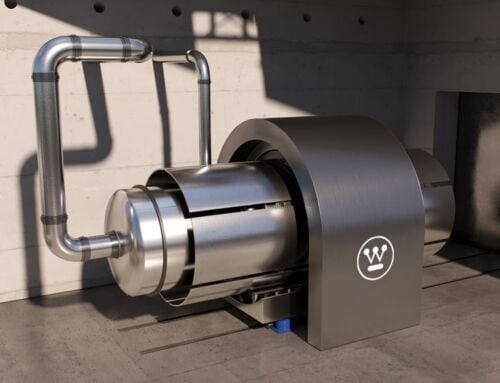
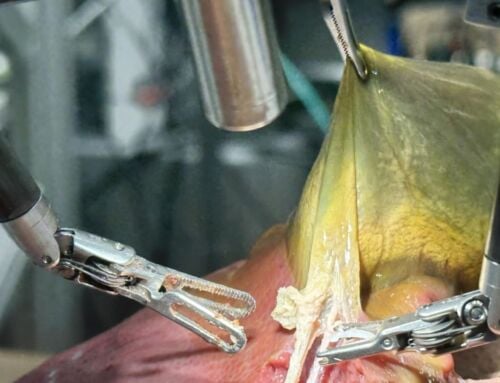
Leave A Comment